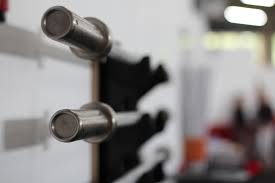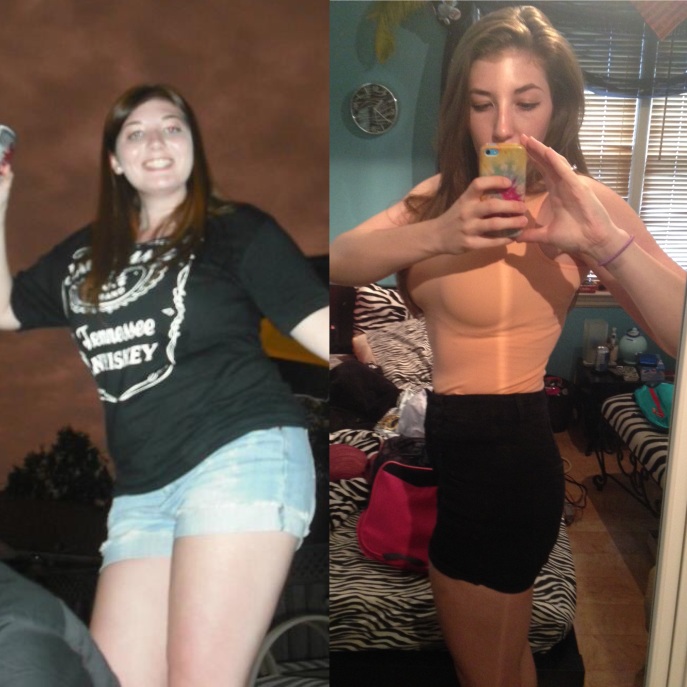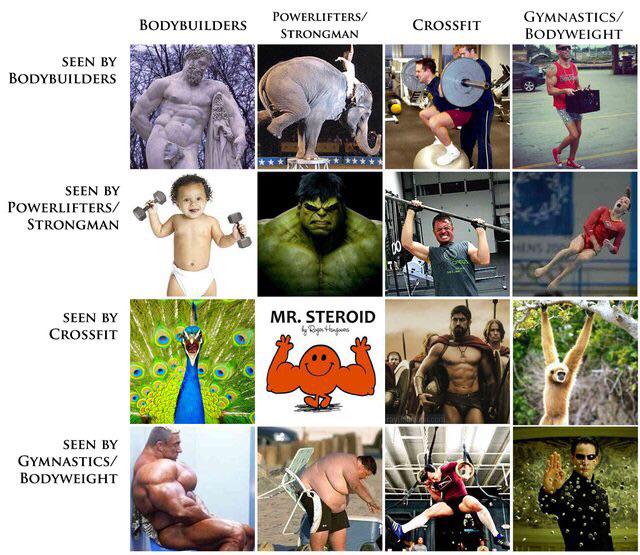A few weeks ago, I revealed the reason why I’ve been absent from writing. For a while, it was because I only had one hand to write with and I felt as if I had nothing to contribute to the fitness community as an injured athlete.
As the initial injury travels further and further into the past, I’m beginning to realize that injuries are a very real and very imminent part of any athlete’s journey – you can do countless shoulder pass-throughs or have a physio on speed dial and still experience injury in some shape or form. If it’s so prevalent, why don’t we talk about it?
In the online fitness community, you won’t find many posts about failures, missed reps, or sub-par eating. That’s because content that solicits anger or sadness as responses doesn’t yield the same type of virility or shareability that inspiring or joyful posts create. Although failure and off-days are a part of any training cycle, it’s just not talked about because it is just plain ugly. We don’t discuss failure (injury or otherwise) because it’s not ideal or convenient.
I’ve been talking about my injury for a long time now. 3 months and 3 days, to be exact. I’ve become comfortable about talking about the uncomfortable and there are a few things I’ve learned about dealing with an injury psychologically. When you’re an athlete or just active in nature, injuries don’t just impede you physically. The mental recovery can be the hardest journey yet. You can follow exercise programming and a nutrition plan, but no one gives you the mental toolbox to deal with emotions post-injury. This post aims to expose the ugliness of injury recovery, mainly the things your doctor or physiotherapist can’t equip you for – the things Fitness Instagram hides in the attic for no one to see. It’s honest and real and to those that have been injured doing what you love, I hope you find this relatable. For those that haven’t experienced a major injury,
This post aims to expose the ugliness of injury recovery – mainly the things your doctor or physiotherapist can’t equip you for, the things Fitness Instagram hides in the attic for no one to see. It’s honest and real to those that have been injured doing what they love. I hope you find this relatable and for those that haven’t experienced a major injury, I hope you will never have to return to this page for advice.
You’re not the only one that’s hurting
This part of the process took me way longer to realize than it should’ve. Whether you’ve been under the knife or are just nursing a dislocated what-have-you, your caregiver (partner, SO, mother, father, sibling, roommate…) is probably in just as much pain as you are.
I thought I had it bad. After all, I waited 18 hours in a hospital to be knocked out, cut open, poked at, and yanked back into consciousness in the span of three hours. I was in rough shape, to say the least. But Andrew, my fiancé, waited with me all night in that dingy hospital bed and helped me do just about everything. His once independent, strong fiancée needed him to help her get to the bathroom or change her clothes. Looking back, I know now just how upsetting that must’ve been for him. When I asked him later, he admitted to shedding a few tears in the back of the ambulance when I first broke the arm.
For the first time, your caregiver is absolutely helpless. They can send you all of the bouquets and boxes of chocolates in the world, but it still does nothing to accelerate the healing process. They can’t make this injury go away.
Communication with your partner is more important now than it ever was. Be kind to each other, and don’t be afraid to talk it out with your SO. They’re your biggest fan, and they’re sure to lend a listening ear.
Asking for help doesn’t get easier
For ladies who lift, we know the struggle. Unwanted gym bros often interfere with our sets with bullshit excuses like “let me spot you on that” or “let me help you with those.” If I needed someone to spot me, I would go and ask.
After my injury, I found myself struggling to muster the courage to reach out and ask for help. I went from being able to do a solid 80lb Overhead Press to not even being able to lift a 45lb empty barbell. Asking for help became incredibly tough – especially in a room full of strong people. This became even worse when my cast came off. I looked capable, but I was only prescribed loads weighing in at 10lbs max. Would people look down on me for asking for help? Why even walk into a gym if I couldn’t lift a barbell properly?
Asking for help didn’t get easier, but the ability to swallow my pride eventually did. If anyone gave me guff about helping me re-rack plates, this was a prime opportunity to flex and show off my scar and that usually persuaded any nay-sayers.

Fiber will become your favourite food group
Fun fact: the first hospital I visited after my break gave me absolutely NO PAIN MEDICATION. This hospital was about 3 hours from my home. That car ride home was agonizing, to say the least.
When my family doctor finally wrote me a prescription for a kick ass painkiller cocktail, I was all over that ish… until I sat on a toilet a few days later.
Constipation is no joke, let me tell you. Pre-injury I was so regular, I could schedule it in my calendar down to the minute. If you’re prescribed any pain killer, I recommend pairing it with a stool softener. I won’t go into detail about my own bathroom experiences, but it is humiliating to try and unclog a toilet with one hand. It’s even more humiliating to call your dad to come home and help you unclog said-toilet. Ahem.
Nobody said injury is the most glamourous thing to ever experience, but these are some of the things no doctor will spell out for you. Above all, try to remember to be kind to yourself. You will get impatient and irritable, but no amount of screaming or physical therapy will help you heal faster. Focus on activities you can do for now, and let your body do the thing.


